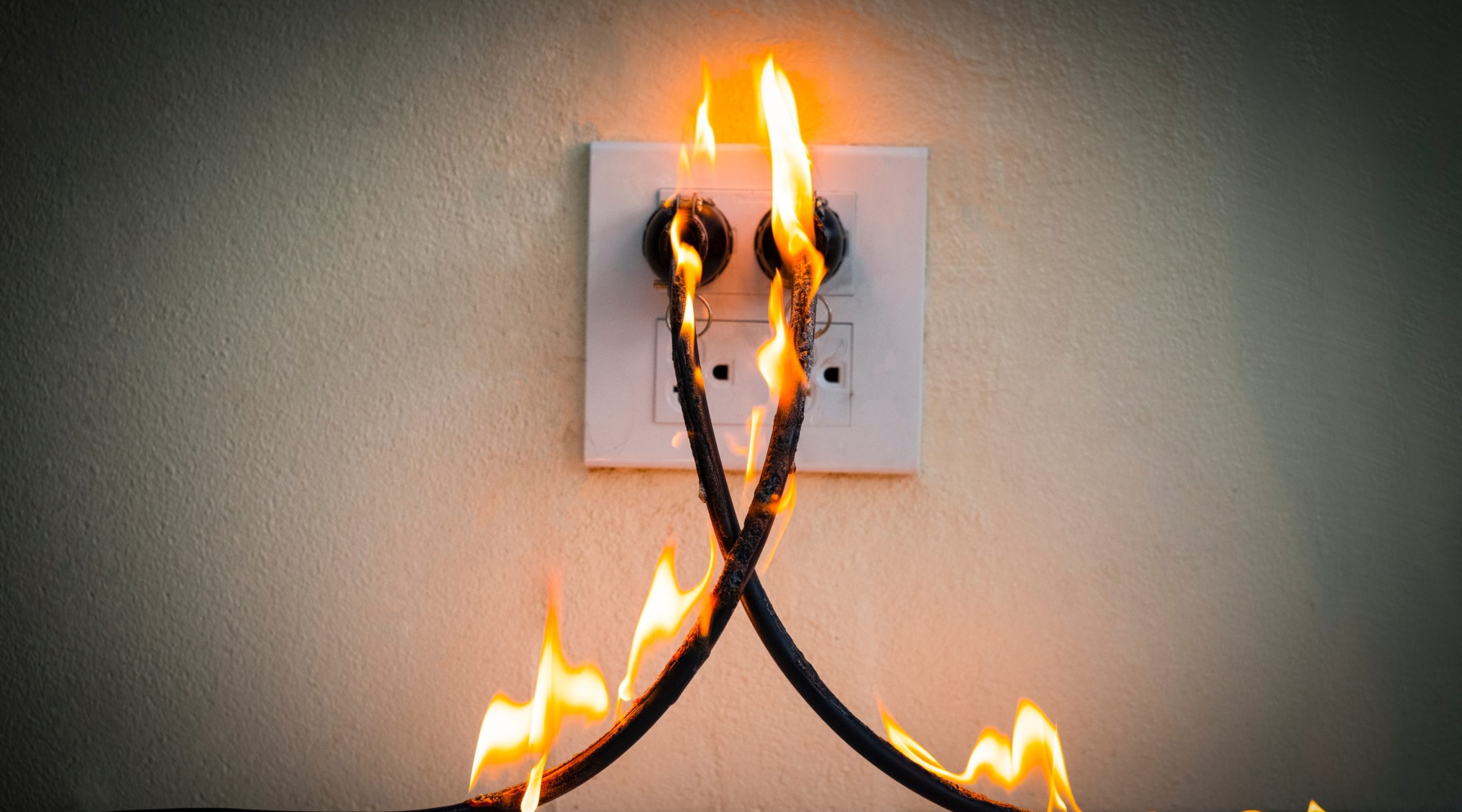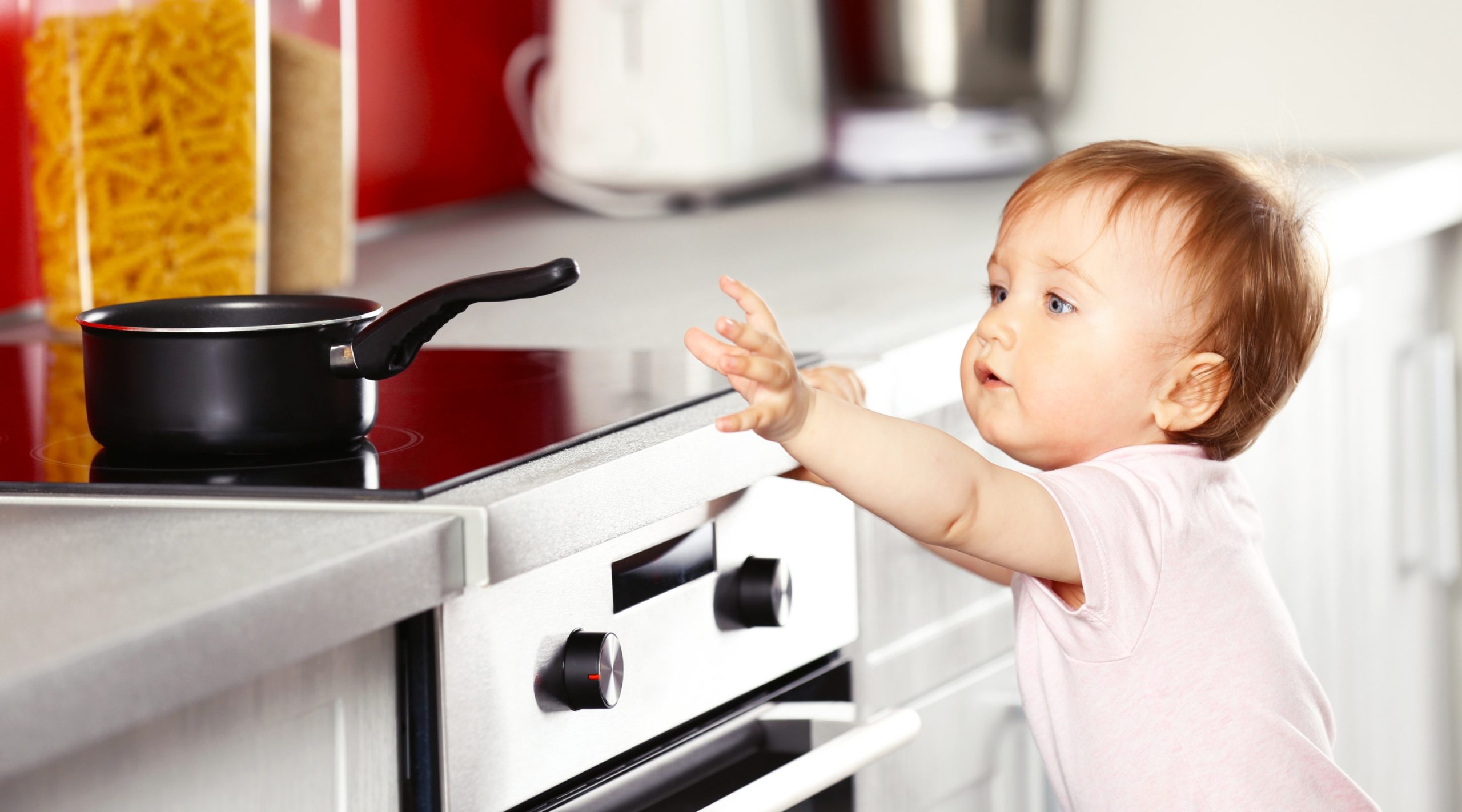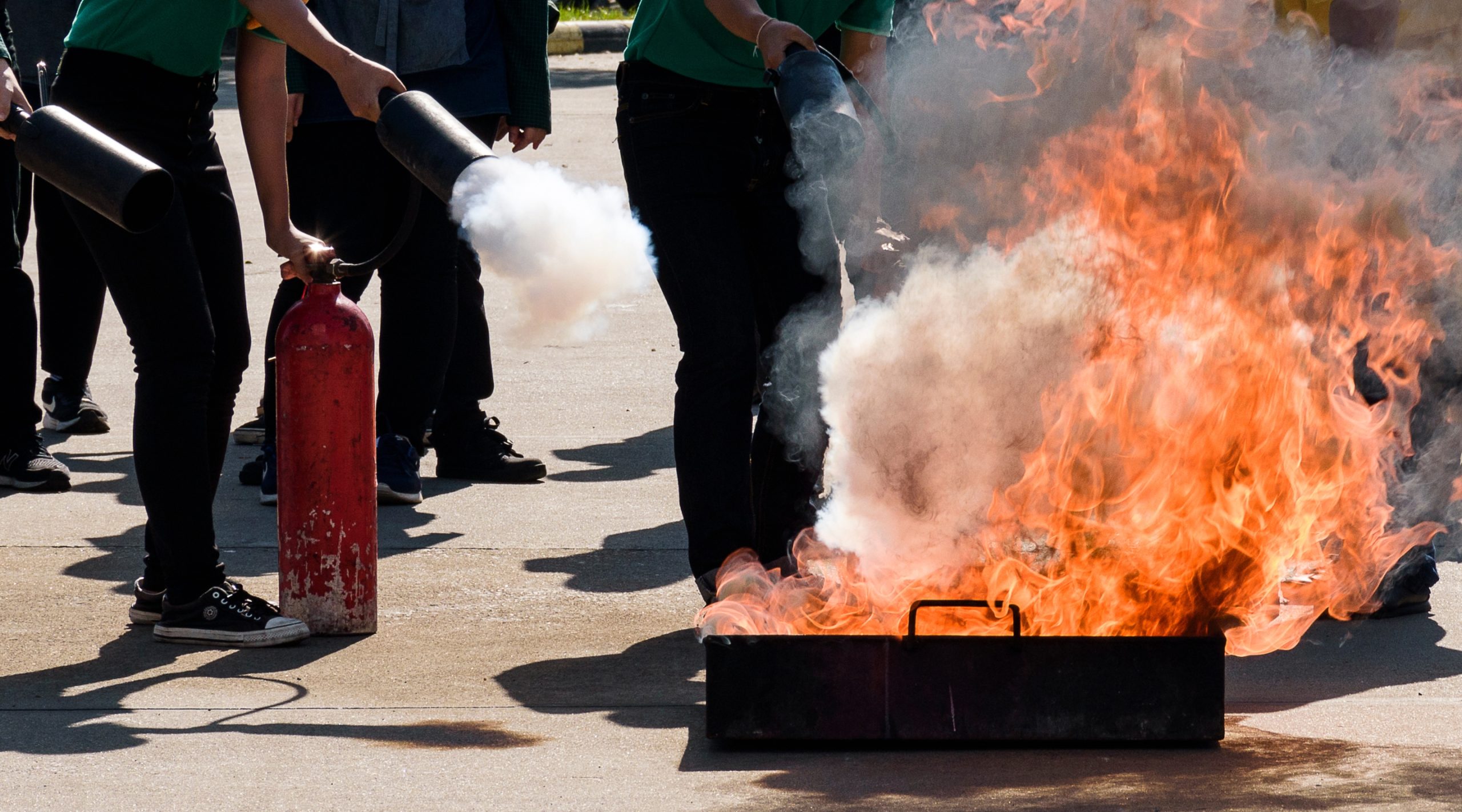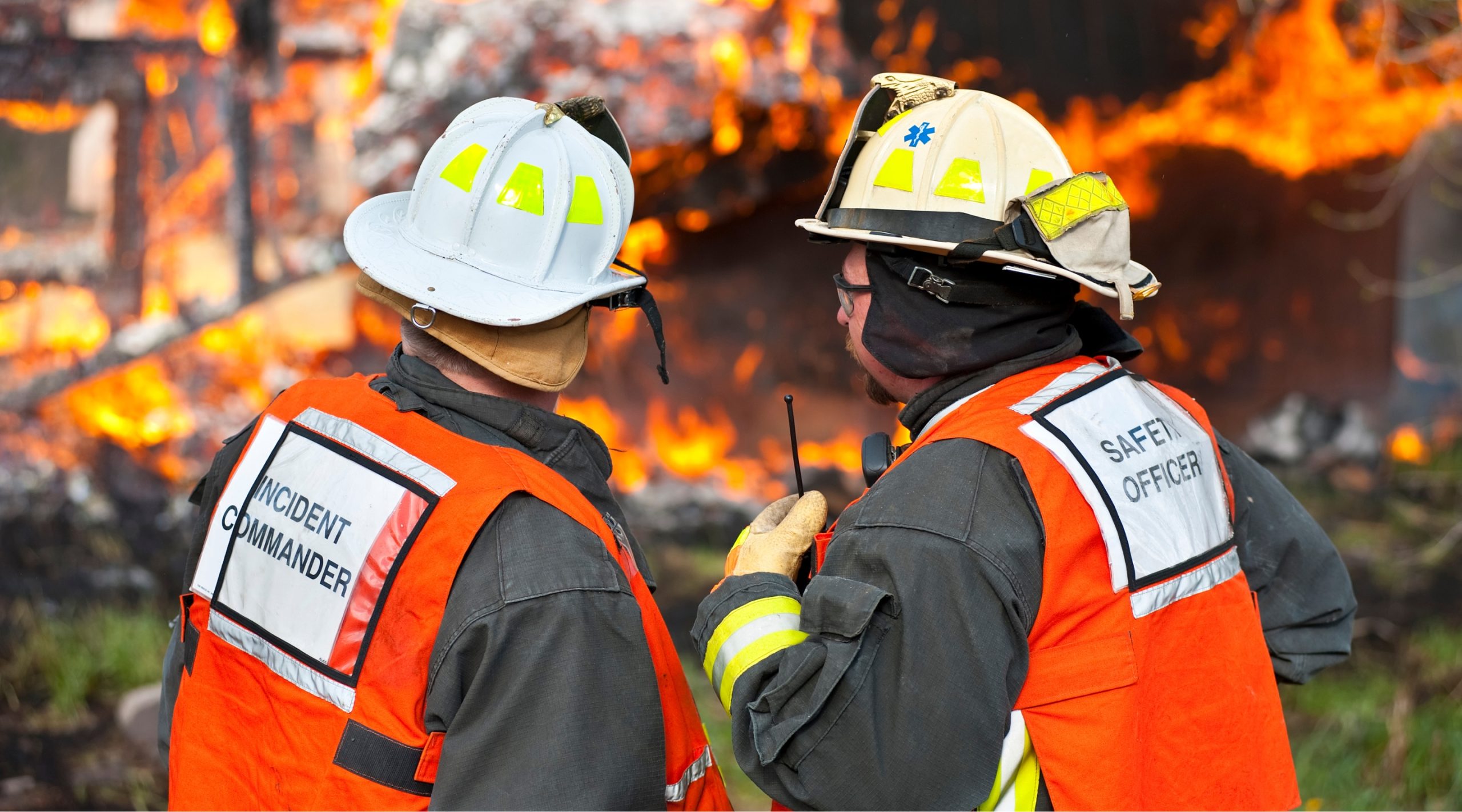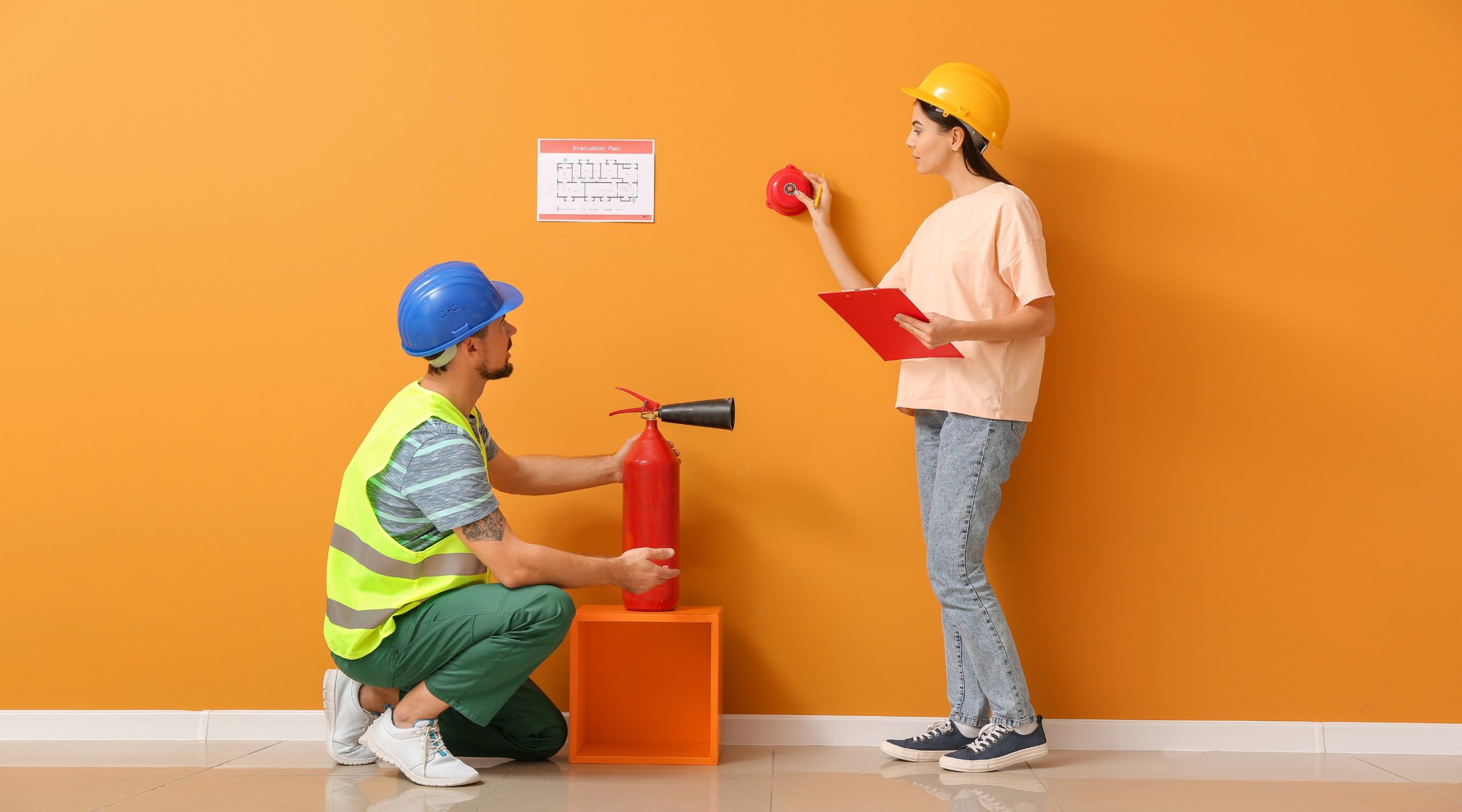Debunking Common Myths About Fire Extinguishers and Fire Safety
Introduction
Fire safety is an important topic that often falls victim to misinformation. Many people hold misconceptions about fire extinguishers and fire prevention measures, which can lead to ineffective responses during emergencies. To ensure better preparedness and protection, it is crucial to separate fact from fiction. This article addresses some of the most common myths surrounding fire extinguishers and fire safety.
Myth 1: Water Can Extinguish Any Type of Fire
One of the most dangerous misconceptions is the belief that water can be used to put out all fires. While water is effective for Class A fires (involving wood, paper, and textiles), it can be hazardous when applied to grease fires (Class K) or electrical fires (Class C). Water conducts electricity, increasing the risk of electrocution, and it can cause oil fires to spread further. The correct approach is to use the appropriate type of fire extinguisher for each fire classification.
Myth 2: Fire Extinguishers Have an Unlimited Lifespan
Many people assume that fire extinguishers last indefinitely. In reality, they require regular maintenance and inspection to remain functional. Most fire extinguishers have an expiration date or require servicing every few years. Pressure loss, leakage, or clogged nozzles can render them ineffective. Checking the gauge, scheduling routine inspections, and replacing expired units are key steps to ensuring readiness.
Myth 3: Small Fires Can Be Put Out Without an Extinguisher
Some believe that minor fires can be controlled using household items like blankets or baking soda. While these may help in certain cases, relying on them instead of having a proper fire extinguisher can be a risky gamble. Fire spreads rapidly, and having a certified fire extinguisher on hand significantly increases the chances of stopping a fire before it escalates.
Myth 4: Fire Extinguishers Are Difficult to Use
People often hesitate to use fire extinguishers because they assume they are complicated. However, most modern extinguishers follow the simple PASS technique:
Pull the pin.
Aim at the base of the fire.
Squeeze the handle.
Sweep from side to side.
Understanding and practicing this method ensures that anyone can use a fire extinguisher effectively in an emergency.
Myth 5: Smoke Alarms Are Enough for Fire Safety
While smoke alarms provide early warnings, they do not extinguish fires. Relying solely on alarms without having fire extinguishers and a fire escape plan can be dangerous. A comprehensive fire safety strategy includes smoke alarms, extinguishers, fire escape drills, and fire-resistant materials.
Myth 6: Fire Extinguishers Can Be Used on Any Fire
Not all fire extinguishers work on every type of fire. Different classes exist for specific fire types:
Class A – Ordinary combustibles (wood, paper, fabric)
Class B – Flammable liquids (gasoline, oil, paint)
Class C – Electrical equipment
Class D – Combustible metals
Class K – Cooking oils and fats
Using the wrong extinguisher can worsen the situation. It is important to read the labels and understand the classifications to ensure safe and effective use.
Myth 7: If a Fire Is Small, It’s Safe to Fight It Alone
Even small fires can quickly escalate. If a fire is spreading or producing heavy smoke, it is safer to evacuate and call emergency services. Personal safety should always come first. Fire extinguishers are useful for immediate action, but they should not replace professional firefighting intervention when needed.
Conclusion
Misinformation about fire safety can lead to dangerous decisions in emergencies. By debunking these common myths, individuals can improve their fire preparedness and response. Ensuring that the correct fire extinguishers are available, maintained, and used correctly plays a vital role in preventing property damage and saving lives. Fire safety education and proactive measures remain the best defenses against fire hazards.


